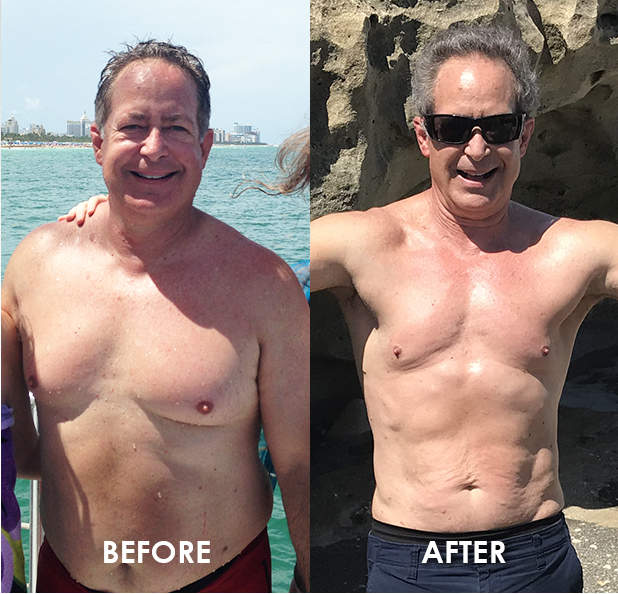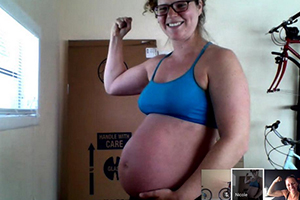As a licensed physical therapist and certified personal trainer with 10 years of experience in the fitness arena it is common to witness ahigher incidence of exercise related injuries during the earlier months of the year. Furthermore, expert injury prevention tips for people working on their new year fitness goals is appropriate.
The new year marks a time where many individuals are on a mission to conquer their fitness goals, whether it be to lose weight, tone up or just become regularly active and become healthier. Before getting started, it is important to understand how to implement a new fitness regimen that will lead to improving one’s health without causing harm or physical injury. A sports or physical injury can derail a person’s fitness aspirations, and eventually lead to serious depression depending on the severity. Whether it be a mild or serious physical injury, the good news is, injuries can be easily prevented with a few simple prevention methods.
According to a recent study conducted by the University of Scranton’s Journal of Clinical Psychology, losing weight is the number one New Years resolution for many Americans. I have seen first-hand that many people have a high level of enthusiasm the first few weeks of the new year when working out, which is great and makes me very happy! Unfortunately, this level of determination typically leads to a physical injury due to the strenuous demands placed on your body in a rapid effect. In an effort to help people reach their 2014 fitness goals safely and efficiently, I have designed a list of tips to follow that will promote weight loss and muscle gains, while preventing injury.
- Start out with an expert – When getting started with a new fitness regimen, it’s important to get familiarized with the basic fitness fundamentals. An experienced personal trainer is educated to design a strategic workout plan that will follow a safe, balanced and diverse routine. In addition, personal trainers are qualified to conduct fitness assessments in order to determine your baseline measures of body mass index (BMI), resting heart rate and blood pressure, aerobic fitness level, body composition, lung capacity, flexibility and strength.
- Track your progress – Start out with a fitness journal and record your current weight, measurements and strength capabilities as this will help you determine how far along your fitness level has grown. Taking a photo before you start a new fitness regimen and throughout the process will be extremely helpful as well. Finally, logging every workout including weights, sets and rep counts is a useful strategy to assist with monitoring strength, cardio, and endurance progression.
- Set realistic goals – Although many people are filled with great enthusiasm to get fit in the New Year, it’s important that they start out slow and gradually work their way up. Try to stay conservative when choosing a starting workout intensity level as well as a specific exercise class, and the duration of time you exercise for. Whether you are starting to get into jogging, running, swimming, circuit training or weight lifting, remember to gradually increase in the intensity overtime – otherwise, the risk of injury is much higher.
- Warm up and cool down – The number one cause of injury is due to lack of warming up or cooling down. It is important to spend a minimum of 10 minutes performing a dynamic warm up routine to prepare your muscles, ligaments, and joints before going full fledge into your workout. Again, this is where expert advice is crucial in performing a safe and effective warm up sequence prior to the actual workout.
- Stay hydrated – Water is an essential component when it comes to achieving real fitness results and without it, gym-goers can experience serious dehydration problems. Mild dehydration can cause headaches, increased fatigue levels, or decreased urine or sweat output, while severe dehydration can make the brain swell or even cause a seizure. Although many people know to drink eight to ten bottles of water per day, the Institute of Medicine (IOM) recommends men get about three liters of water per day while women drink 2.2 liters. Of course it’s important to note that these numbers increase the more active you become.
For more physical therapy and fitness tips, follow me on Instagram & Twitter! Feel free to email me info@mariapontillo.com with any questions and visit my official website for more details about my physical therapy and personal training services.










